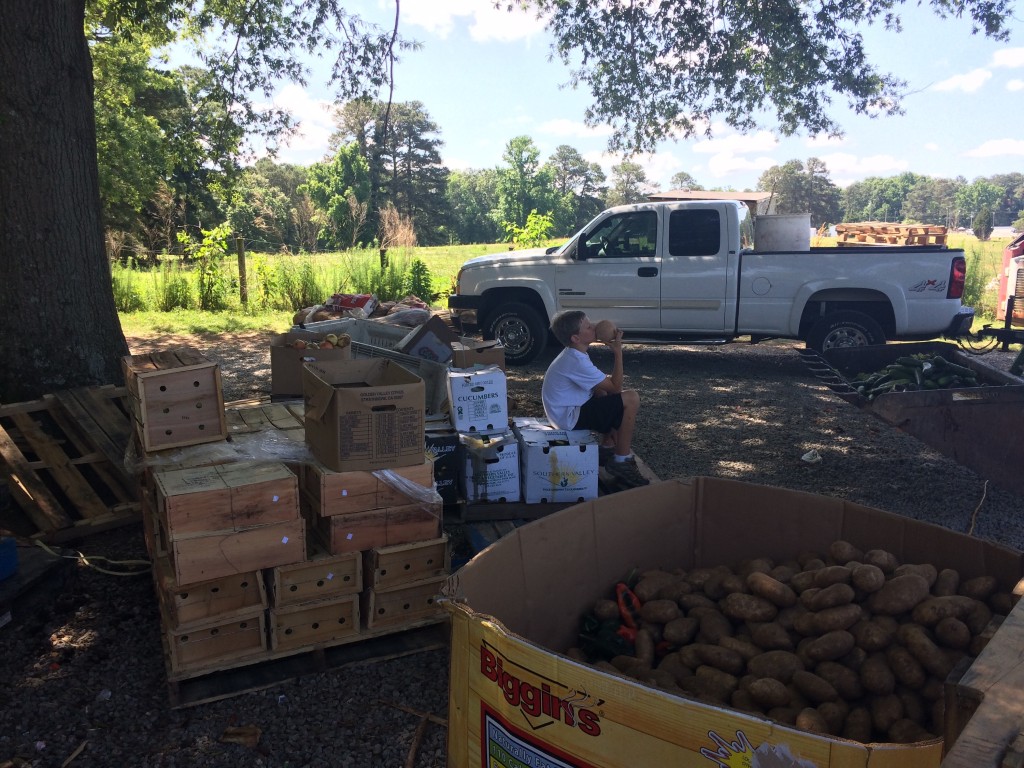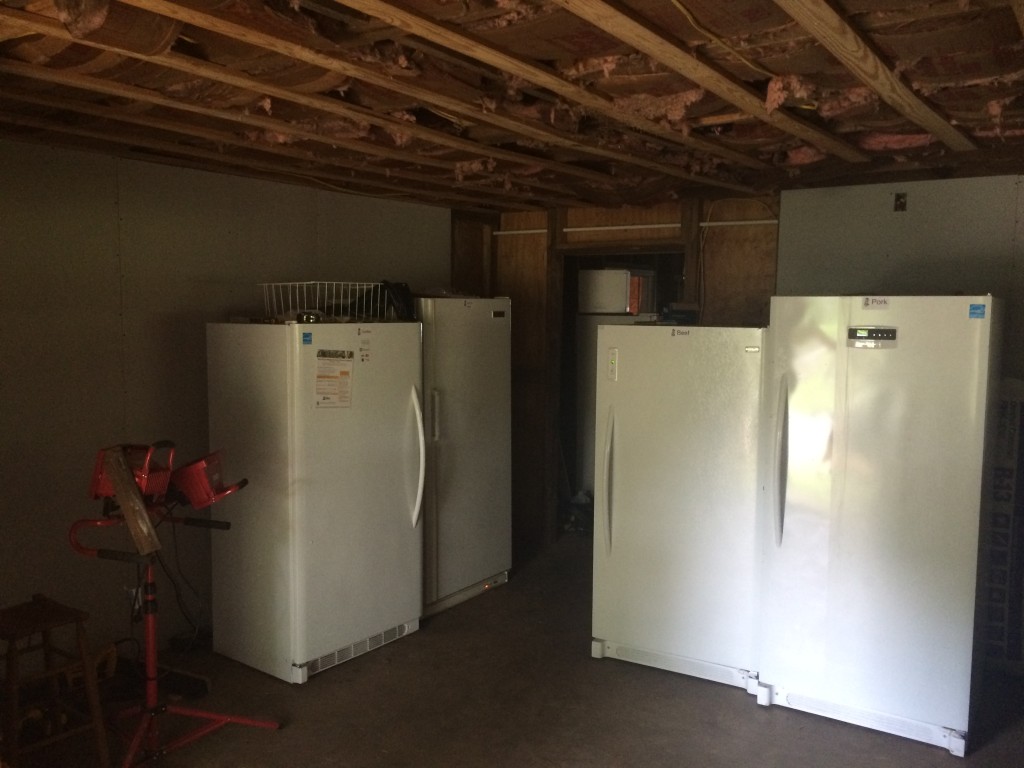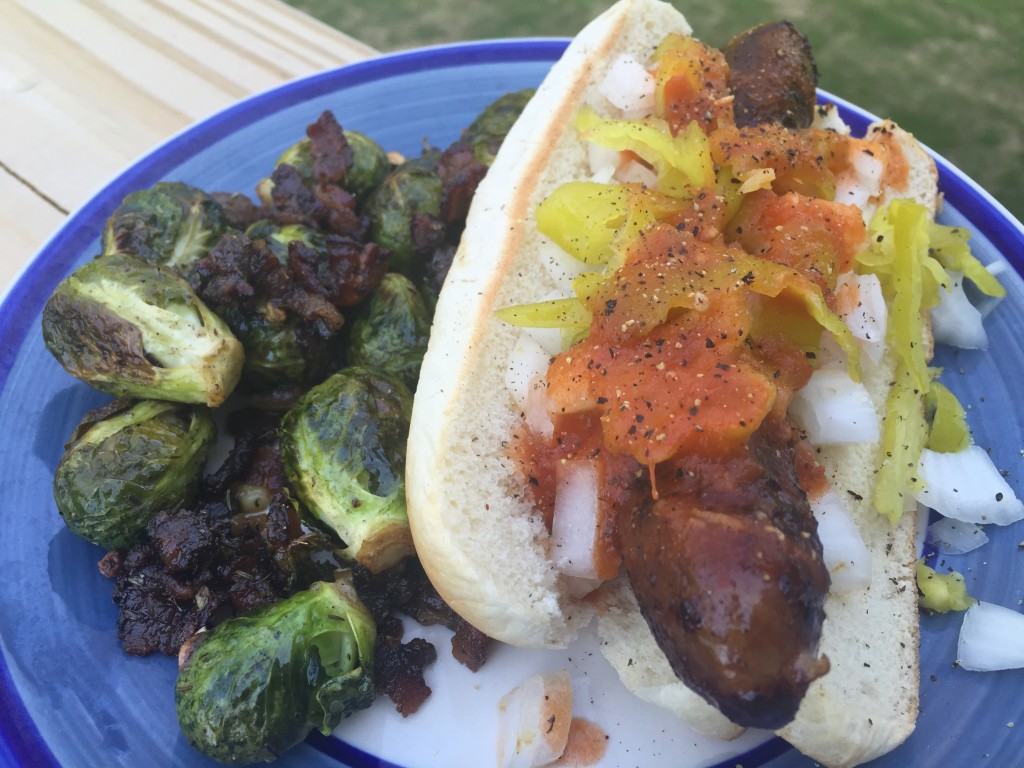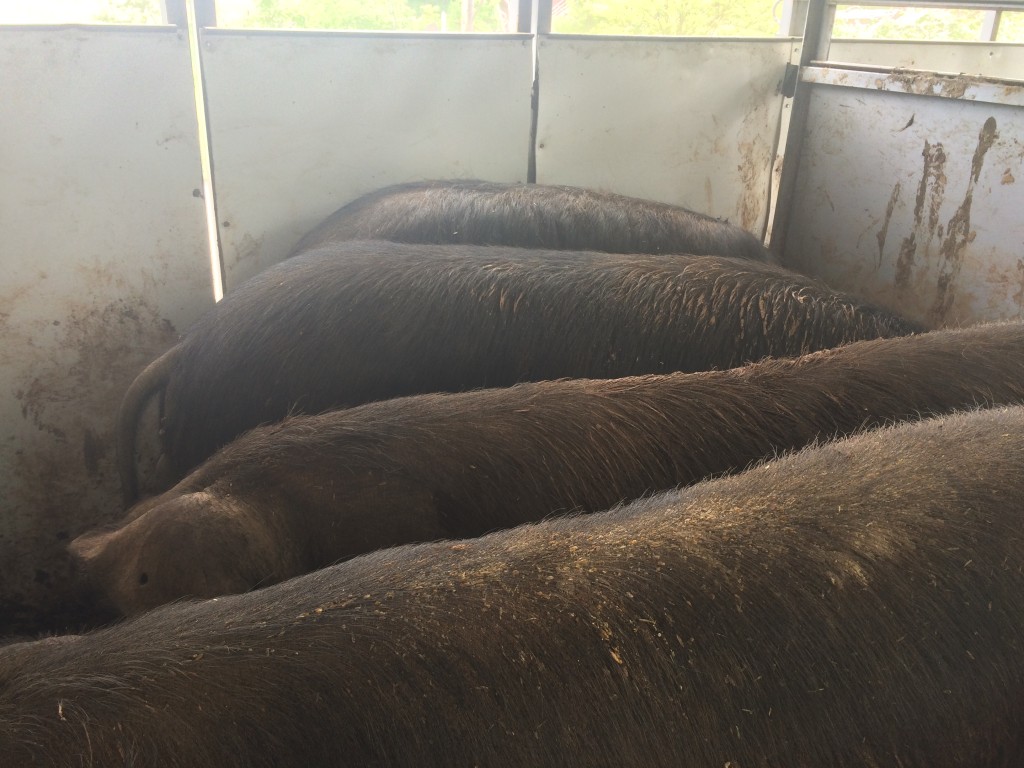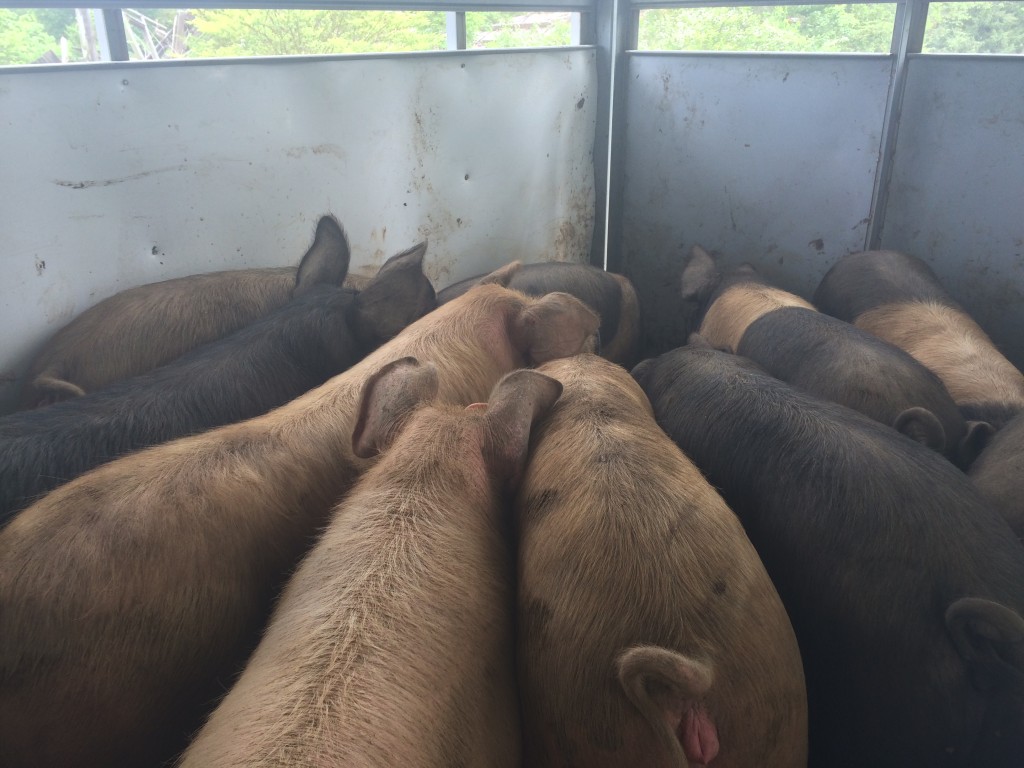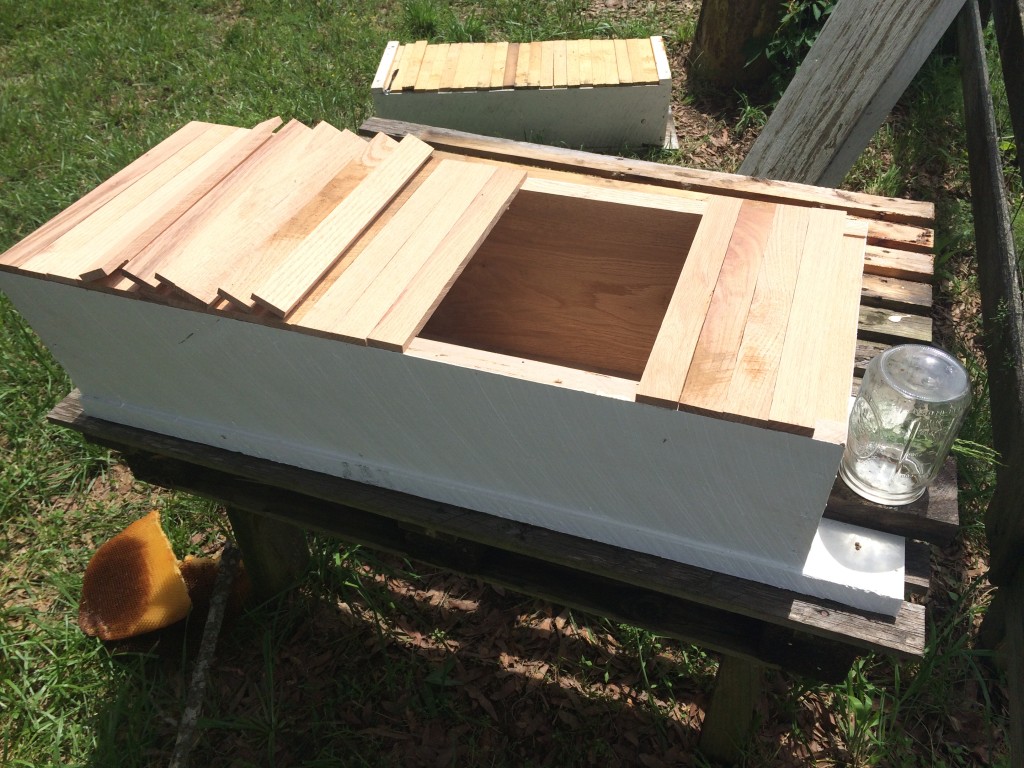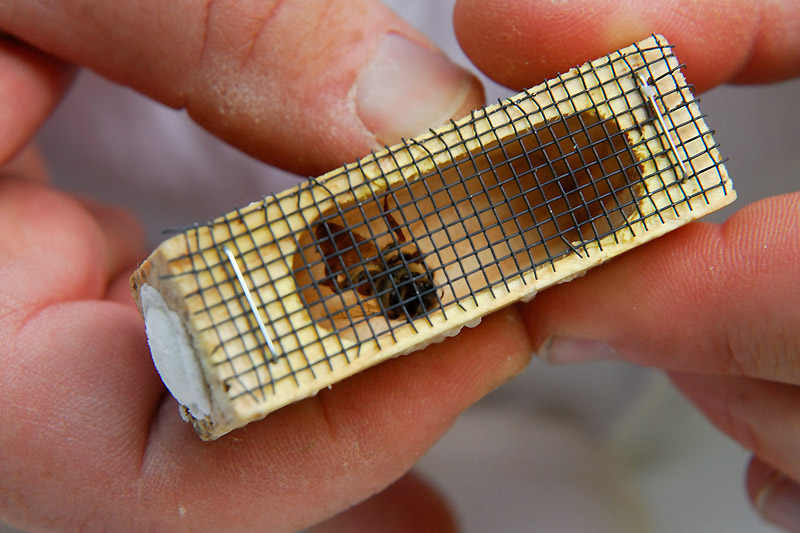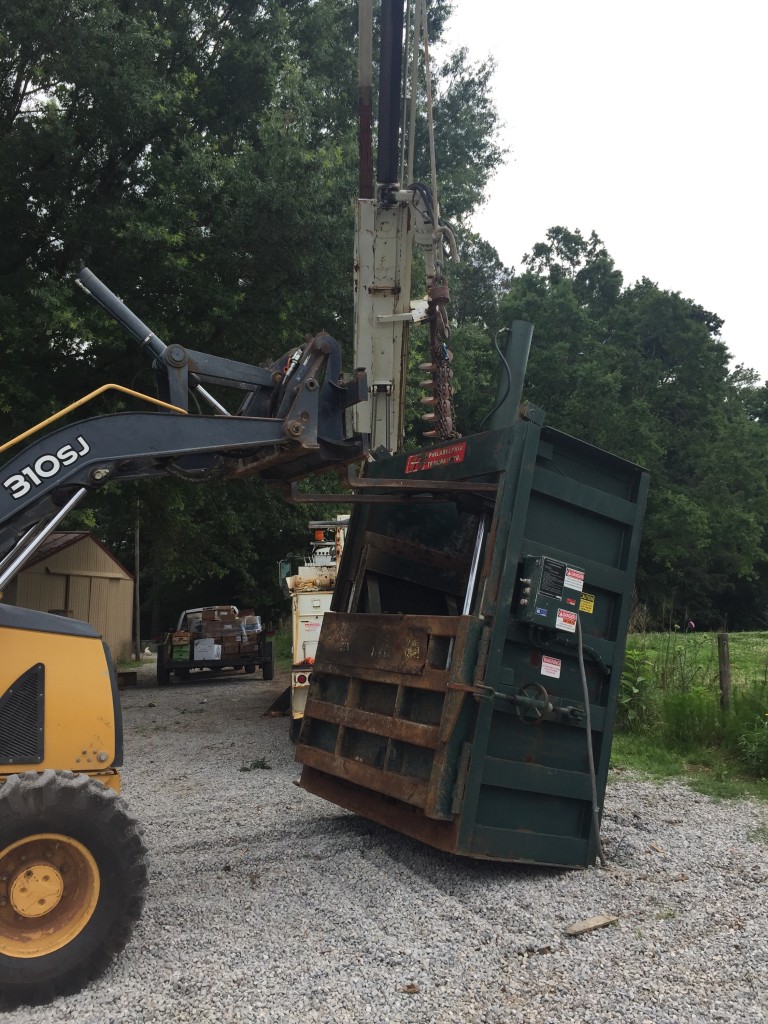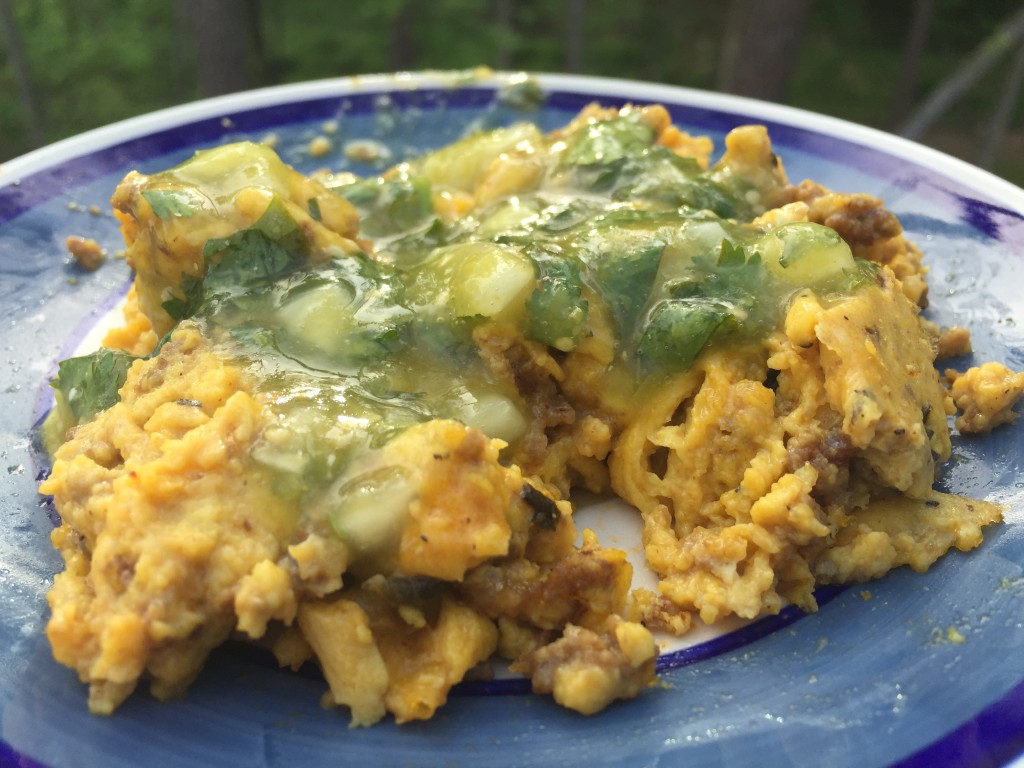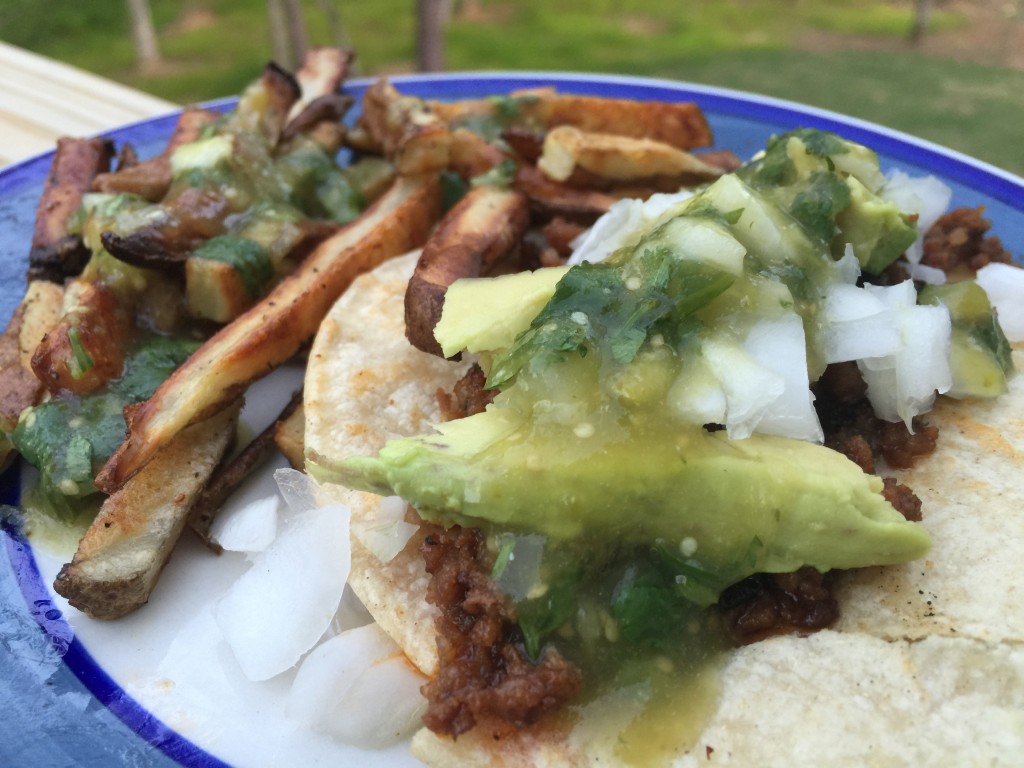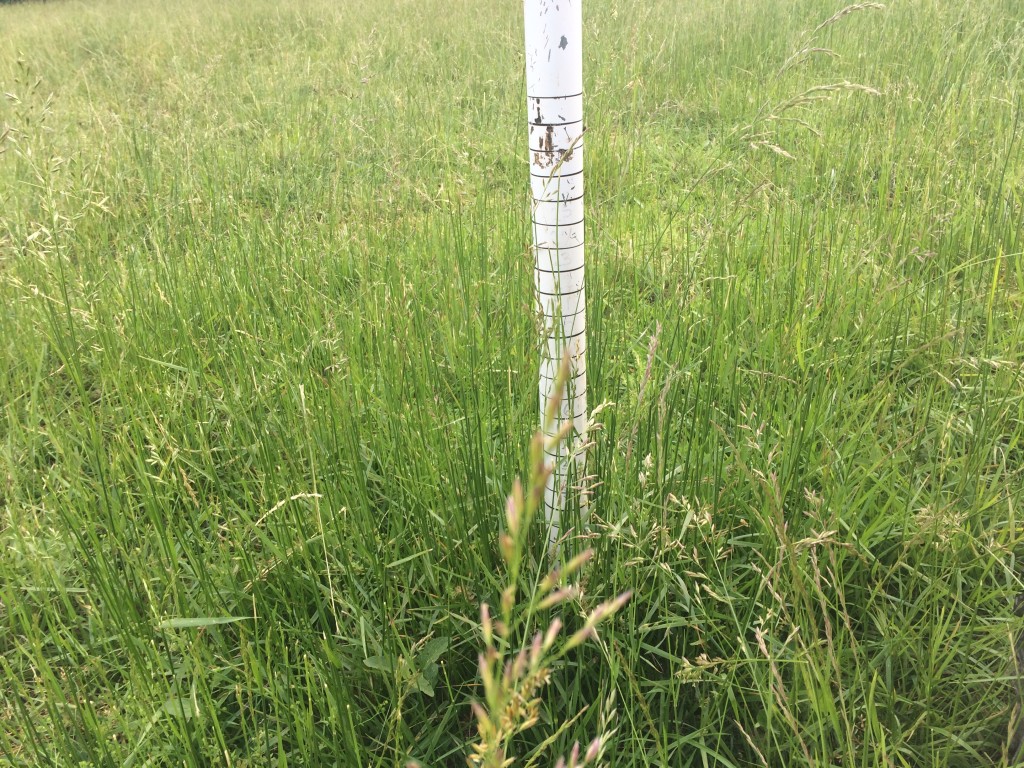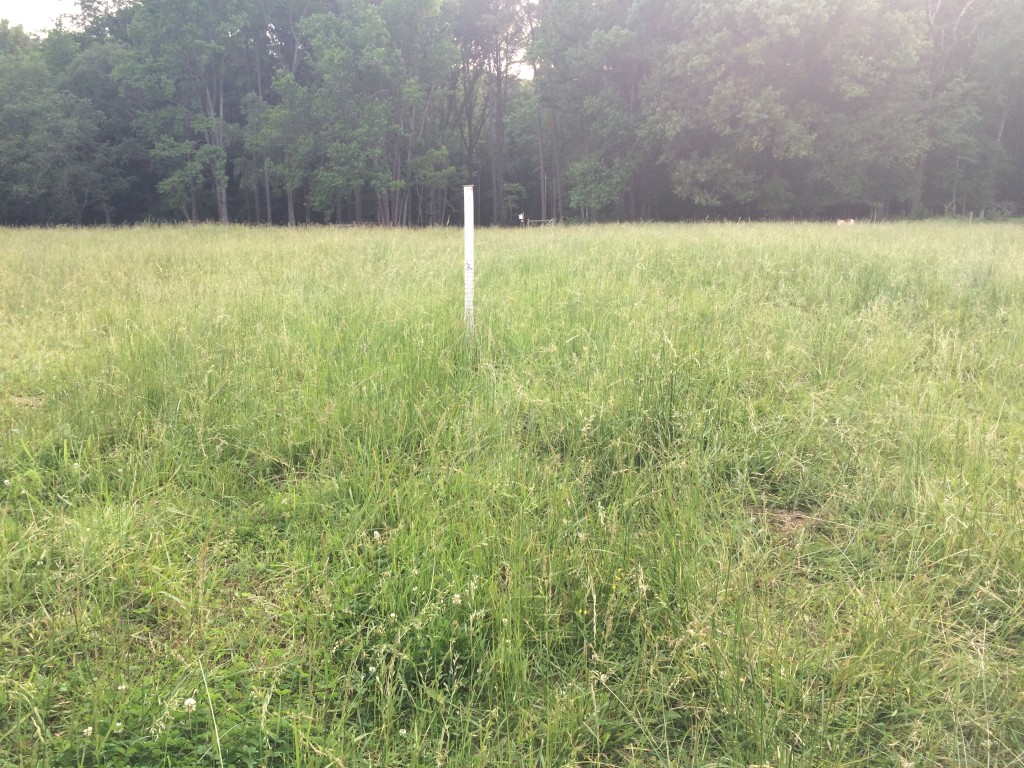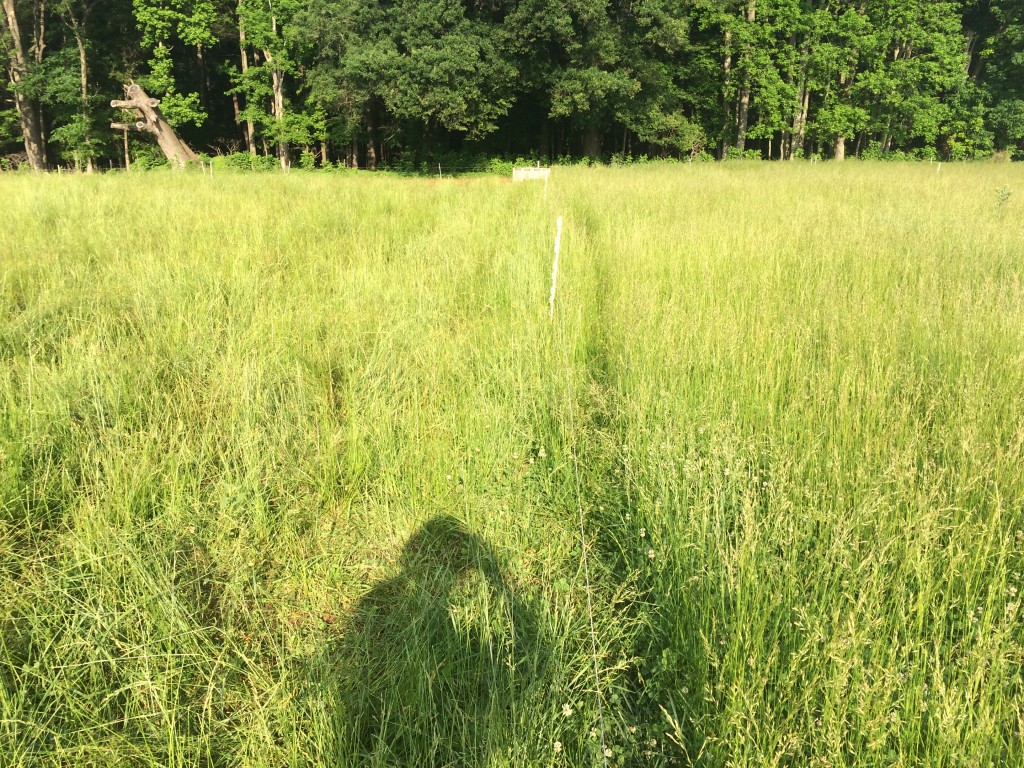if you’ve been wondering where we were this past week, the family and I went to Myrtle Beach, SC for a vacation. While I’m very fortunate to have been able to take vacations in the past, I honestly cannot recall taking a whole week off. Even as a kid we went from Wednesday to Saturday. We left on Monday and by about Thursday I was finally starting to calm down a bit, something my wife pointed out to me. By Saturday I was in the groove of the beach and finally had some vacation. It was wonderful. Now we are back home and it’s back to farming.
 Once per rotation of the farm, the cows get a special treat. They are “flash grazed” through the lower pond where they have access to water, trees, and the forbidden. By contract with NRCS, we can only allow cows into our excluded areas one day. That’s fine we us because we only graze each area one day anyway. The cows love being in this area though. They are currently rubbing all the bark off the trees scratching every itch they ever had. Well some of them are. Some others jumped in the pond, a few are eating. When I turned them in it was like kids being let out for recess with everyone running to their favorite part of the playground. After about 30 mins they settle down and begin to graze but I’m lucky I got to see them go in this paddock. It was a nice treat to see them so happy.
Once per rotation of the farm, the cows get a special treat. They are “flash grazed” through the lower pond where they have access to water, trees, and the forbidden. By contract with NRCS, we can only allow cows into our excluded areas one day. That’s fine we us because we only graze each area one day anyway. The cows love being in this area though. They are currently rubbing all the bark off the trees scratching every itch they ever had. Well some of them are. Some others jumped in the pond, a few are eating. When I turned them in it was like kids being let out for recess with everyone running to their favorite part of the playground. After about 30 mins they settle down and begin to graze but I’m lucky I got to see them go in this paddock. It was a nice treat to see them so happy.
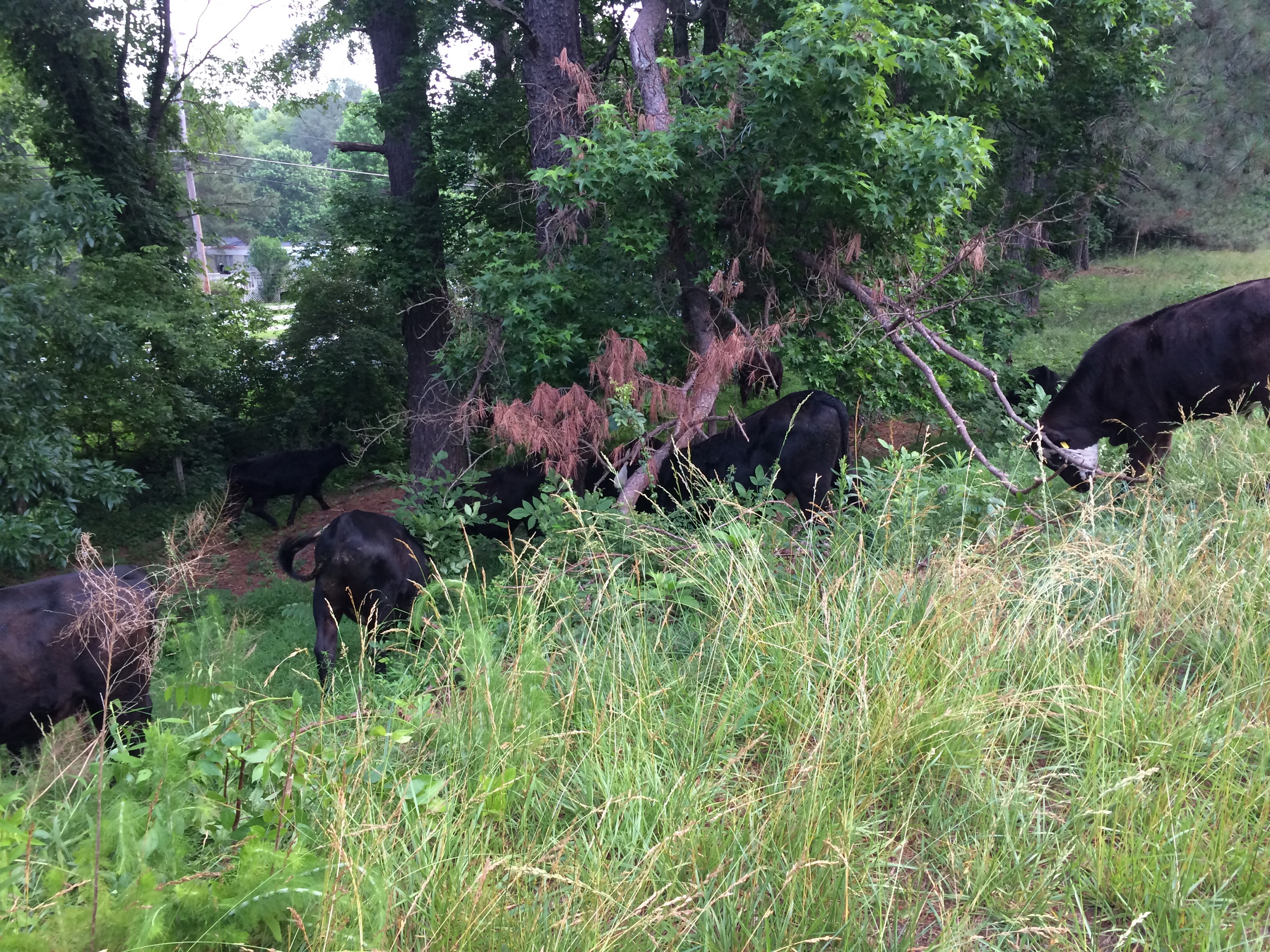

 Now it’s time to get Spork up and go feed the pigs. Thanks to Miguel’s wheeling and dealing, we have plenty of food, maybe too much. He has another wholesaler now, so we are up to two different farmers markets and three wholesalers. We are swimming in fresh produce, which the animals are happily disposing of for us.
Now it’s time to get Spork up and go feed the pigs. Thanks to Miguel’s wheeling and dealing, we have plenty of food, maybe too much. He has another wholesaler now, so we are up to two different farmers markets and three wholesalers. We are swimming in fresh produce, which the animals are happily disposing of for us.
